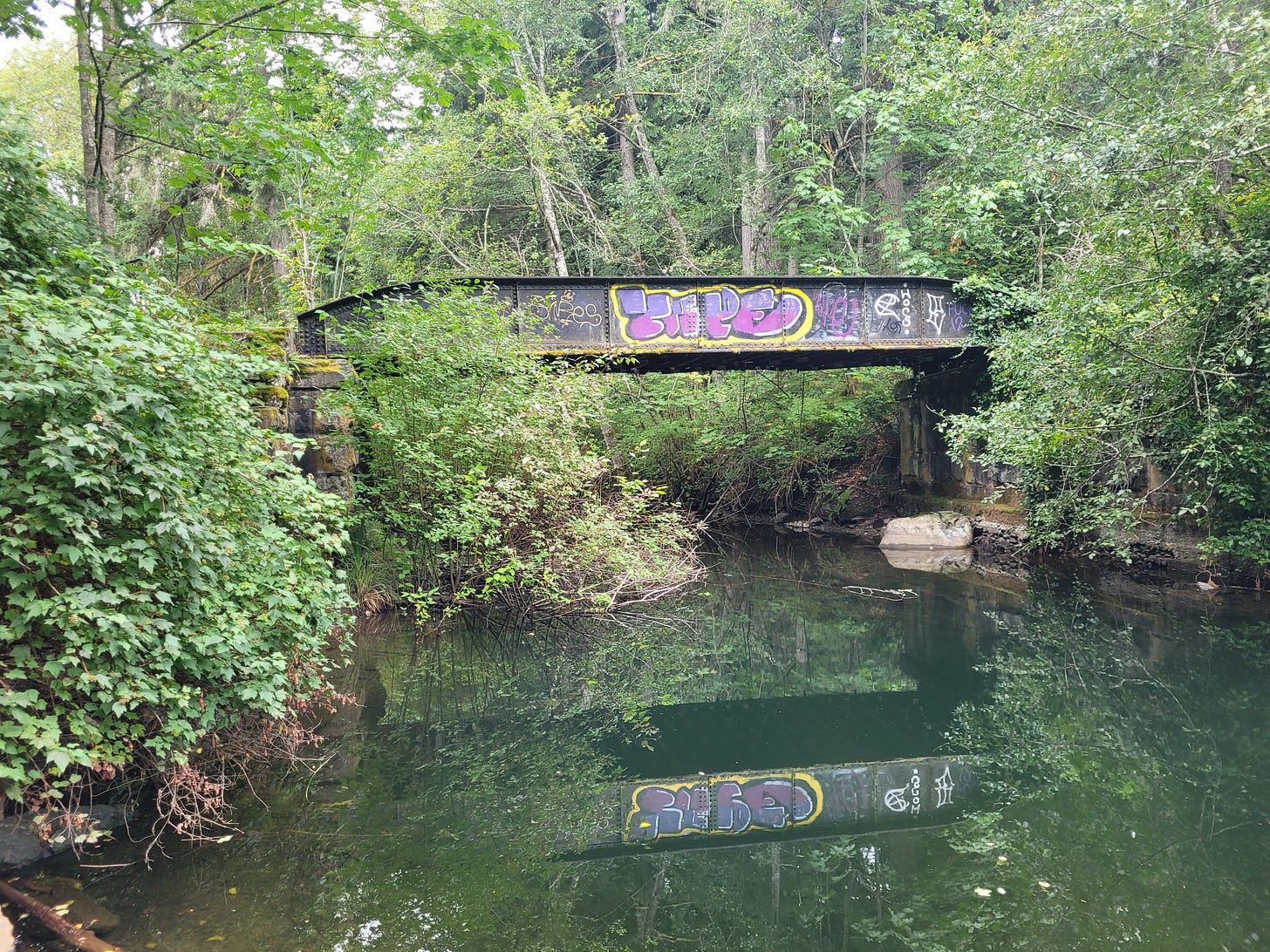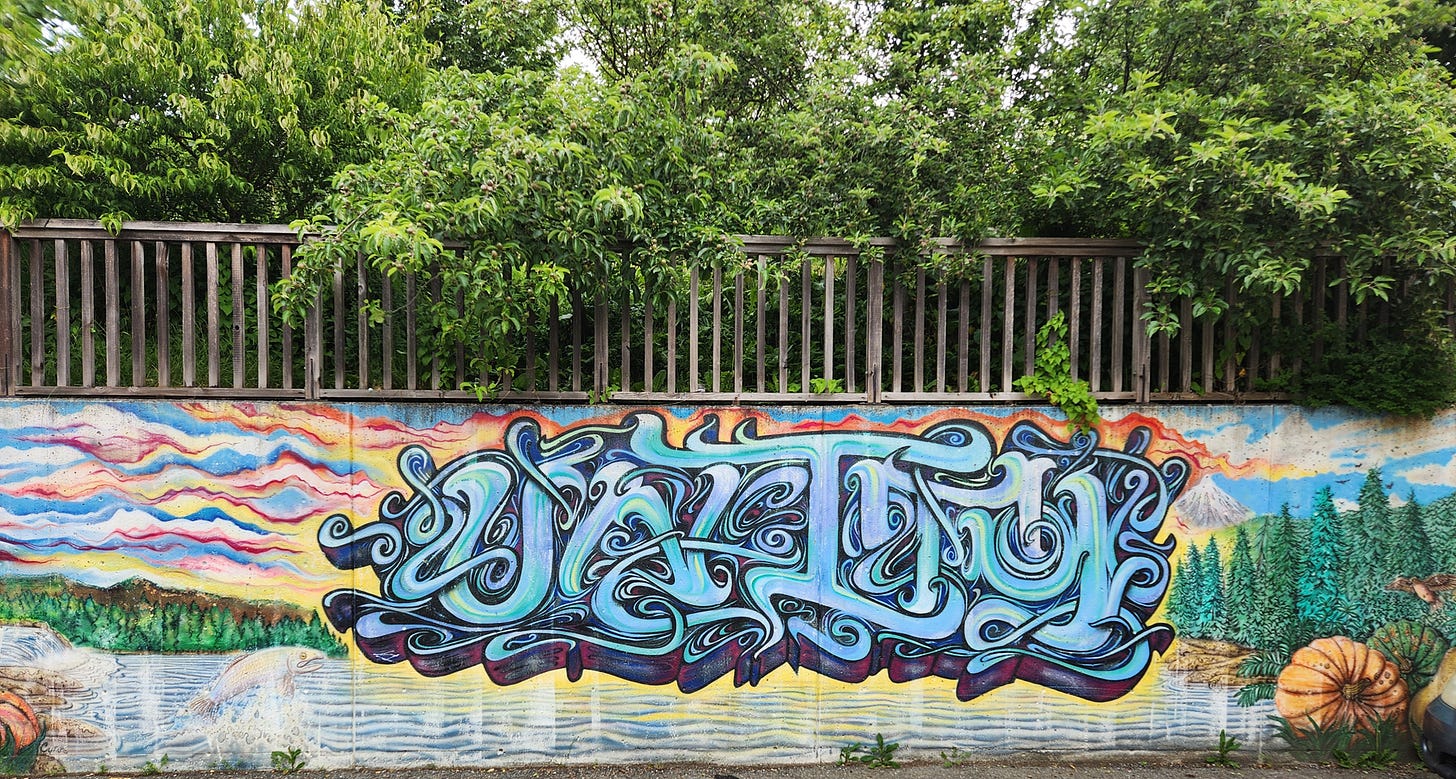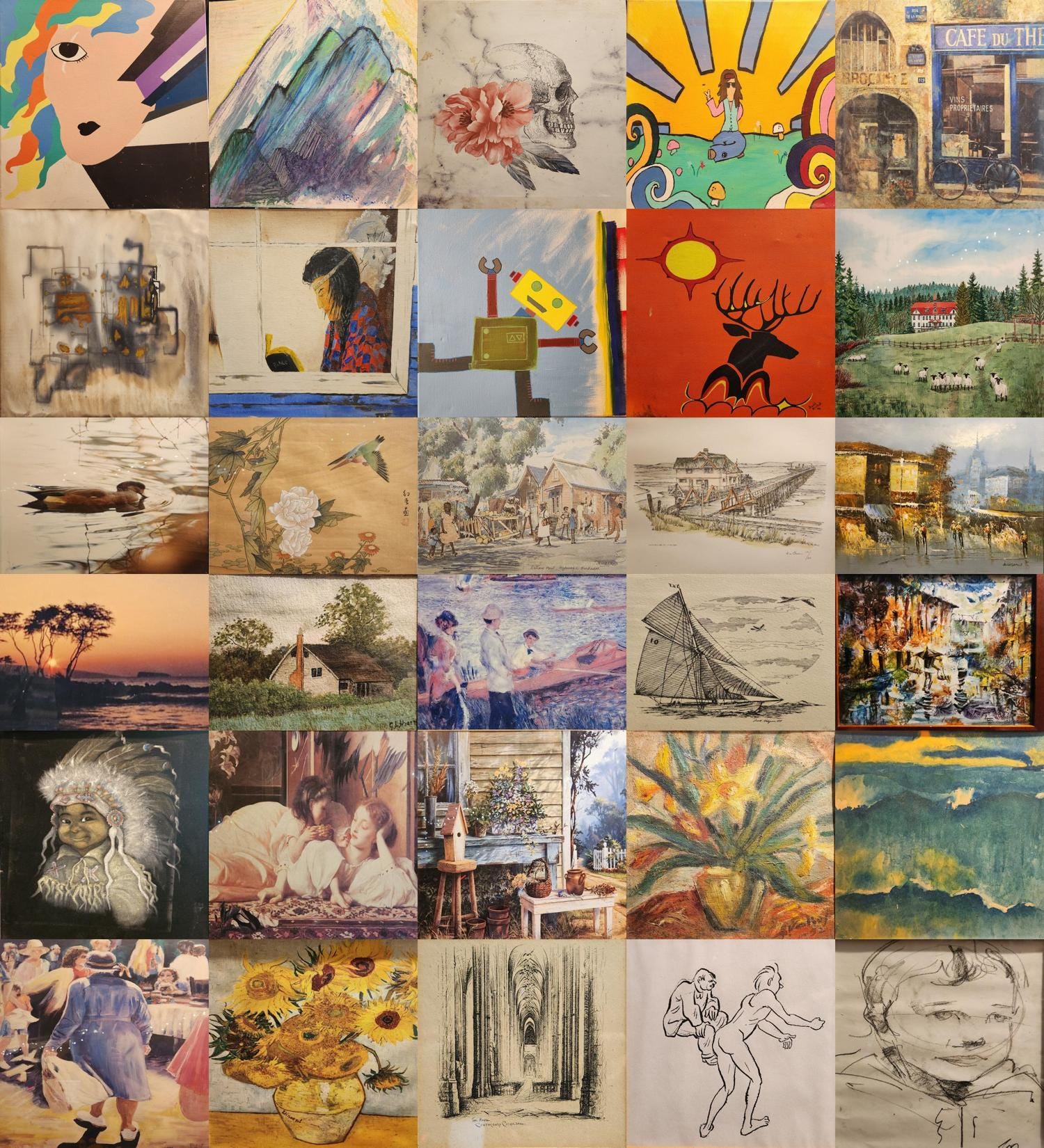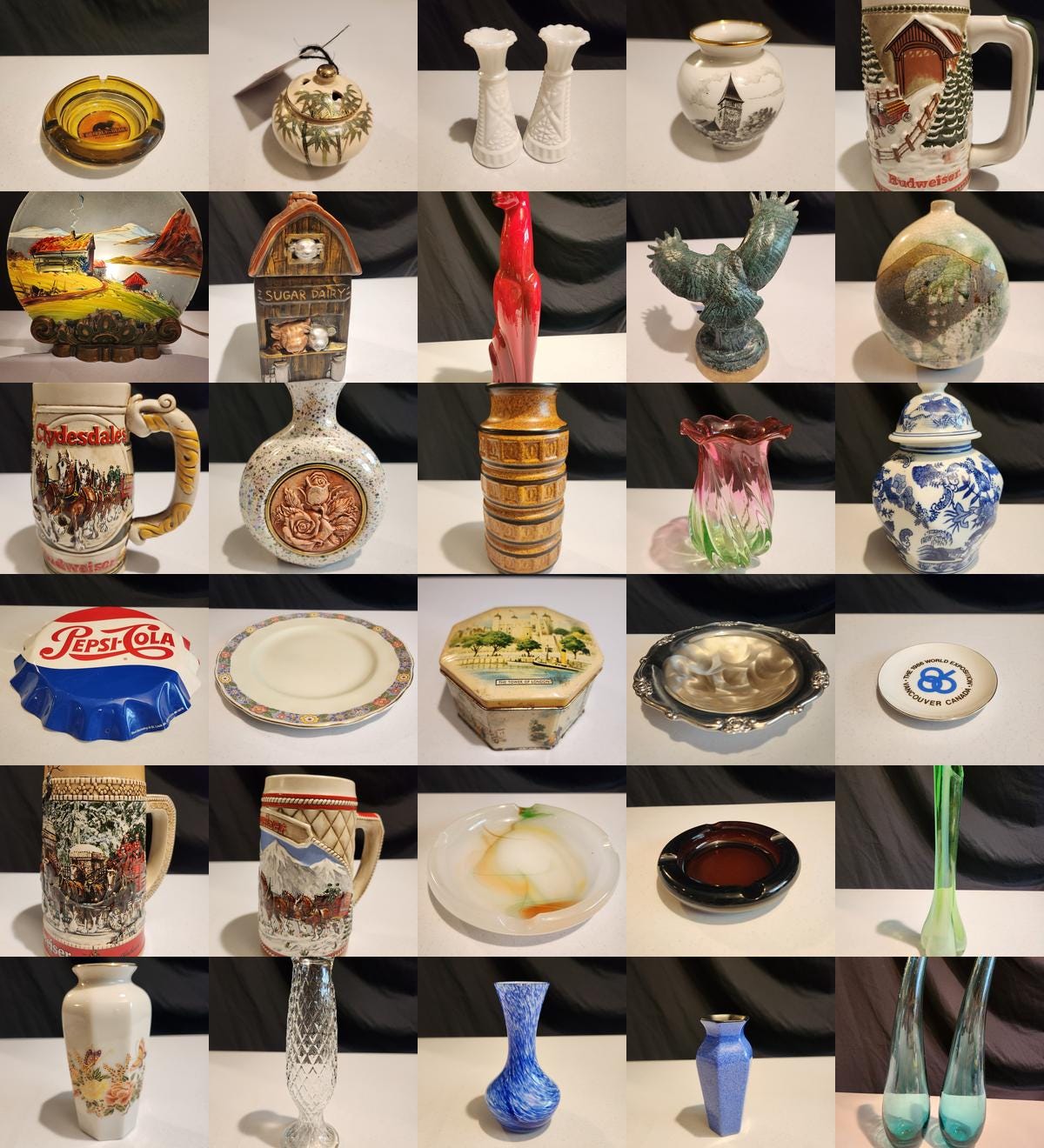Before moving away from Vancouver, our family held memberships to places we loved to visit again and again. Almost always, food or drinks would bookend our strolls through VanDusen Botanical Garden or visits to the Vancouver Art Gallery.
I absolutely love frequenting places like these. Their curators would showcase art, building social hubs for the artists and lovers of art who live for the scene—those going out to find, adore, buy, or to simply see it—inspiring you to contemplate sides to life never previously imagined.
Frequent visits revealed a less glamorous side: the constant pressure to rotate exhibits and monetize each guest visit. Behind the scenes, purists quietly spar with pragmatists over whether to prioritize meaningful works or trendier pieces that draw enough visitors to fund staff, maintenance, and operations.
Never will I judge a gallery, garden or exhibit for trying to cater to the appetite of their patrons. Audiences tend to get what they want, though not every expression of art is at the mercy of the ‘market’—unless an artist wants money, fame or both.
Some artists don’t wait for either. Graffiti appears where it’s not allowed—unexpected impressions not hung in galleries, but sprayed on the outside walls. No tickets, no permission—just the need to be seen.
Whether driven by inspiration or something more haunting, they express themselves in ways that are hard to ignore. Often made in protest, these impressions appear on buildings, doorways, bus stops, fences, underpasses, and vehicles—public surfaces transformed.
“Tags” are the quickest form of graffiti—often a stylized alias or symbol to signal a presence or an idea. While aliases and symbols can provide anonymity, a distinctive style may still reveal the artist’s identity. “Throwies” are larger and more colorful but designed for speed. A “Piece” is short for “masterpiece”—a more elaborate and time-consuming creation—while a “Burner” is so vibrant and detailed it burns everything around it away.
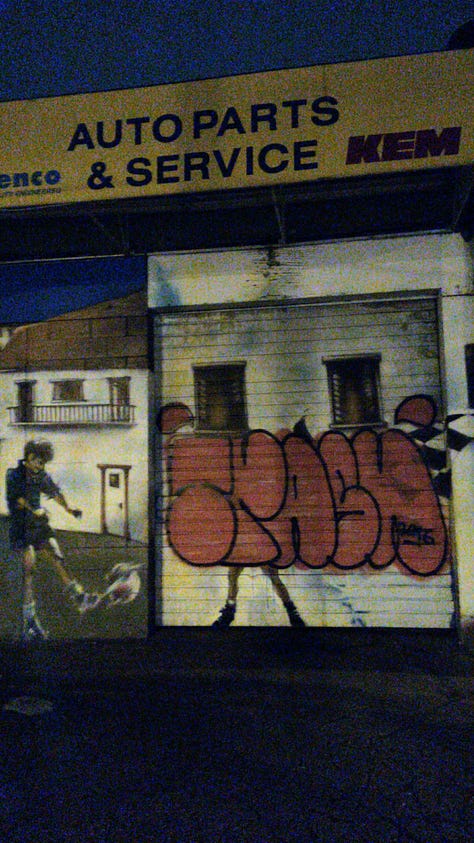

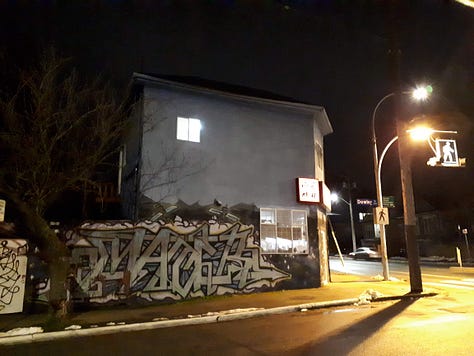
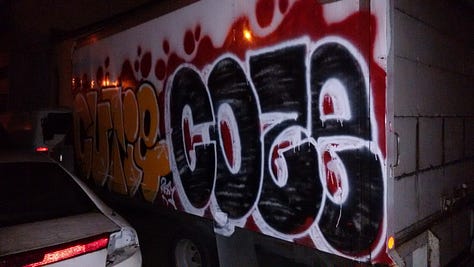
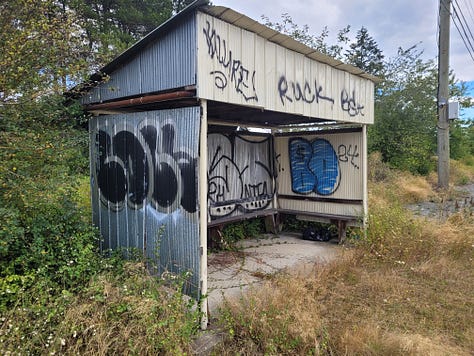

Highly visible spots—especially those in risky or hard-to-reach locations—carry a certain street credibility, along with real dangers. In some areas, gangs and turf conflicts raise the stakes, especially for anyone caught tagging over another artist’s work.
Sometimes the risk is lower—perhaps the original artist has moved on or doesn't mind their throwies or pieces being altered or covered. But burners are different. Someone almost always cares. Communities have even rallied to protect these standout works, even if only for a while.
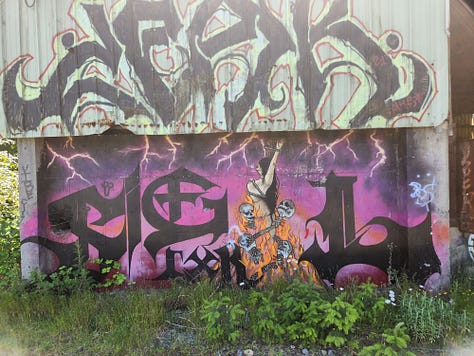

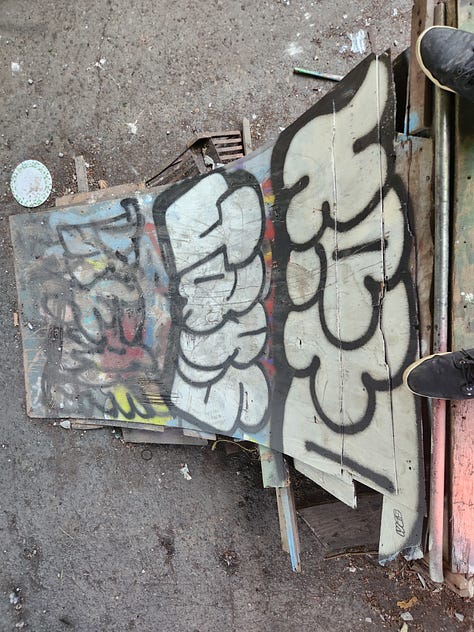
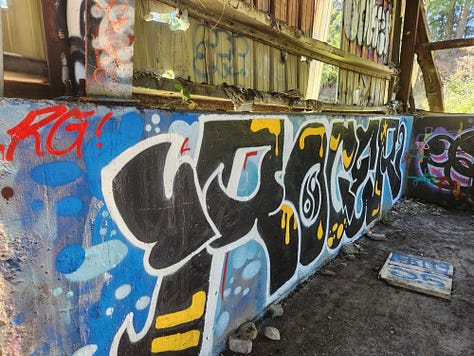




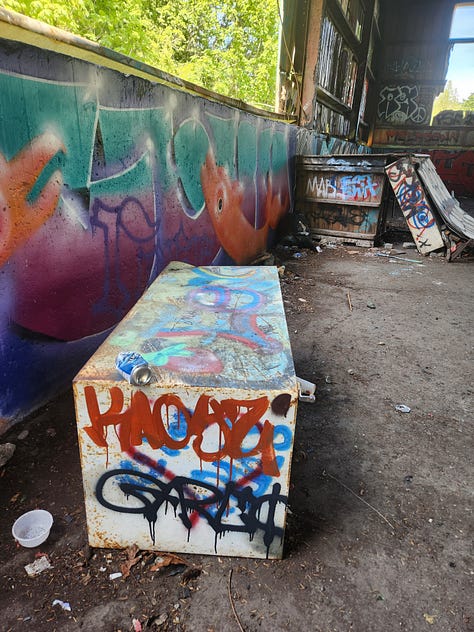
Taste is deeply personal—what makes one person weep makes another laugh. If murals painted with permission are disqualified from being called “burners” or “pieces,” then by that logic, the difference between illicit graffiti and commissioned art may come down to nothing more than consent.
This goes far beyond the notion of vandalism. It’s about wanting to be heard—and needing someone who not only listens, but really gets what you’re saying.

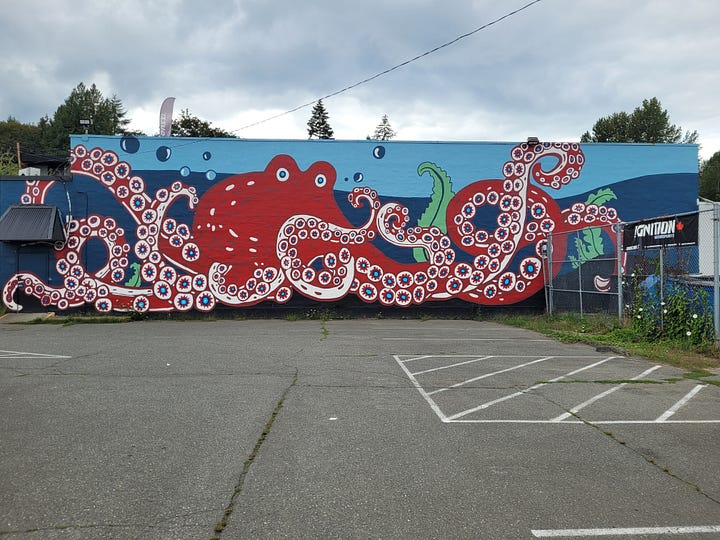
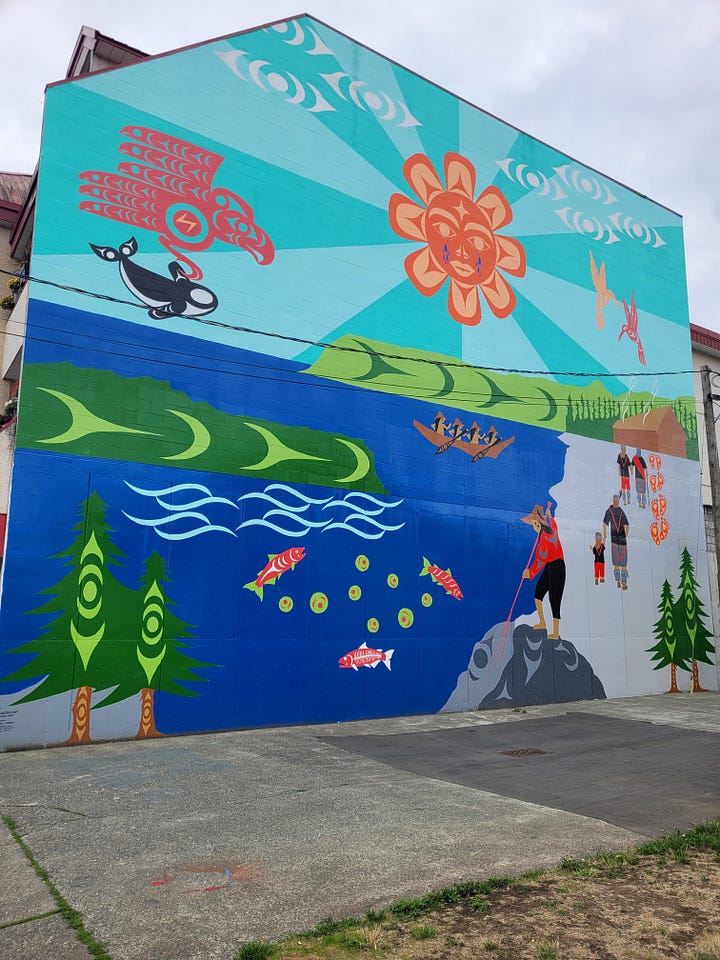
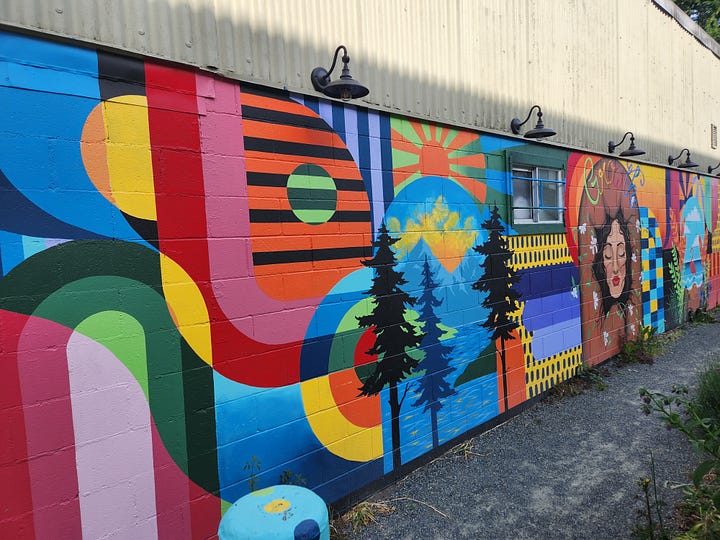
I’m always on the lookout for underappreciated art—open to wherever it might hide—because even a single impression can touch a living soul. Maybe someone you love needs to send or receive a message. In art, we find community, and sometimes, a path toward healing or deeper meaning
Graffiti raises complicated questions. While this piece doesn’t aim to glorify illegal activity or dismiss the role of law in protecting public and private property, it also doesn’t shy away from acknowledging the artistic intent that lives in unsanctioned spaces.
Recently, my town was hit with spray-painted hate speech. It didn’t read like art—it read like an unresolved wound made visible. I found myself less offended than curious: what gets someone to that state of mind? It wasn’t just what was written, but what was missing—accountability, understanding, connection.
The damage to the wall is minor compared to the harm such words direct at their targets. And yet, even this kind of graffiti leaves a tension in the air: not just anger, but a desperate kind of exposure—declaring pain without resolving it, echoing into the silence that follows.
Cities need structure—but cities also need soul. The line between vandalism and expression is a cultural one, not just a legal one.
There’s no wrong place to look for art—whether in galleries, gardens, or the grit of the street. Sometimes, it’s enough just to enjoy the hunt.
It’s easier to show you the things I’ve stumbled across than it is to explain them. Below, I’ve shared an eclectic smattering of imagery from my hunts—selected without rhyme or reason. Art, design, and craft are everywhere, hiding in plain sight.
If you recognize any of the works—or feel moved to talk about them—I warmly invite you to reach out.





